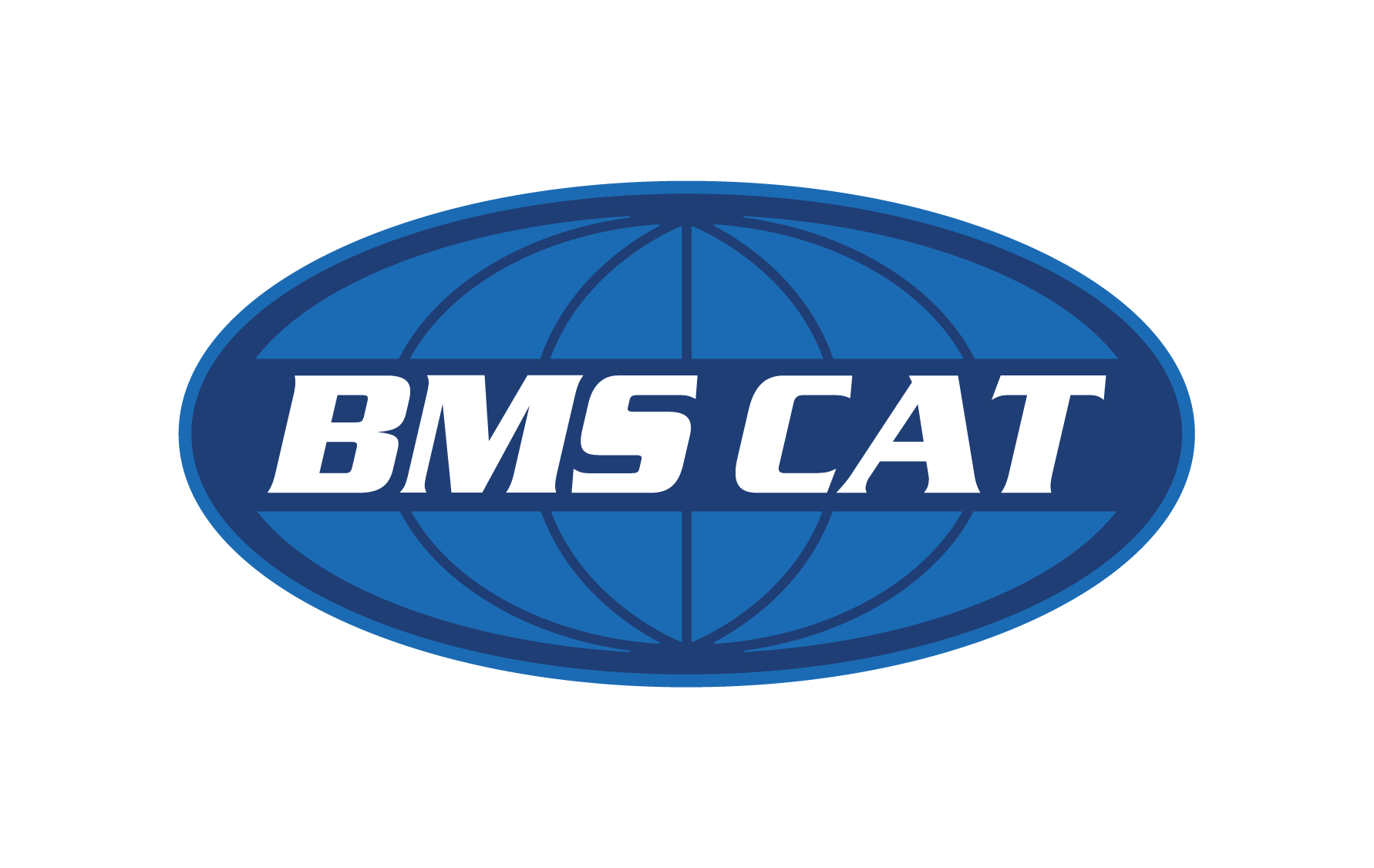Mold in the house is a direct contributor to asthma and upper-respiratory illnesses. These debilitating conditions affect tens of millions of people in the United States. Taking preventative measures at home can greatly reduce the likelihood of developing problems, especially for those with weak immune systems.
 Mold doesn’t always show up in visibly dark blotches. It can hide in hard-to-reach corners and release spores, causing unwanted allergic reactions. Finding mold means knowing where to look and spotting favorable conditions. You can refer to this quick guide to minimize mold growth and make your home safer for everyone.
Mold doesn’t always show up in visibly dark blotches. It can hide in hard-to-reach corners and release spores, causing unwanted allergic reactions. Finding mold means knowing where to look and spotting favorable conditions. You can refer to this quick guide to minimize mold growth and make your home safer for everyone.
Shower and Bathtub
The bathroom itself provides the perfect mix of conditions for mold to grow in. Moist, warm, and dark corners can invite mold for a long-term stay if you aren’t proactively cleaning all surfaces. To combat mold growth, you’ll want to keep it well ventilated before, during and after showers and baths. You’ll also want to pay attention to any water that spills over the tub. Usually, the space between the tub and the toilet acts as a hiding place for mold to develop. Tile grout can also host mold; its presence is the most obvious. Mold also loves to collect around the sink, under unused bottles and under bathmats. Do a deep cleaning every week in your bathroom to stay ahead of mold growth.
HVAC Units
Besides the bathroom, the second-most common place to find mold is in and around the air conditioner. Window A/C units notoriously leak and produce condensation around its housing. All it takes is 24-48hrs of exposure before a wet surface gives birth to mold growth.
Central air conditioning units do a better job at directing runoff and controlling the amount of condensation. In the middle of a scorching hot summer, however, the A/C coils can freeze over from constant use. This can create an opportunity for mold to take up space as the A/C freezes and thaws. Another common problem with HVAC units is a faulty emergency shutoff switch. When the runoff plumbing gets clogged, it’s supposed to drain into a small tray and trigger a buoy switch. If it doesn’t trigger, that tray will overflow right into the floor/carpet/floorboards. This is disastrous if gone unchecked until a puddle forms in the hallway. A large leak like that can enable mold to grow in and around your walls, carpeting, and flooring. Check your A/C whenever it’s running for extended periods of time.
Kitchen Sink
The kitchen will see the most cleaning on a daily basis, but that doesn’t mean it isn’t a hotbed for mold. Those with darker color countertops may even look right over patches of mold lurking in the corners. Mold also likes to hide under dish caddies, old sponges, behind the faucet knobs, etc. Keep an eye for backsplashes and edges of countertops that have cracked/peeling caulking. If water gets between these tight spaces, it can result in a huge mold infestation without ever seeing the evidence. Behind the scenes, you’ll want to watch for mold under the sink, too. A slow leak in a pipe or the sprayer hose is all it takes. It’s often so dark under the sink that it’s hard to find mold if you’re not looking for it.
If you’re prone to getting sick a lot or have trouble breathing, you should beware of potential black mold damage.
Fridge and Laundry Closet
Lurking behind these large appliances, you may find hiding spots for mold. The fridge creates its own condensation, the same way an air conditioner does. The coils on the back of the fridge may produce enough condensation to drip if the house is especially hot. It’s not common, but definitely something to watch for. Using the ice machine, water dispenser, or spilling items in front of the fridge is another big contributor. Clean regularly under and around your fridge. Don’t ignore ice that falls underneath the fridge, if you can help it.
Inside the laundry closet, mold becomes a threat if the washer overflows, leaks or the hose fitting comes loose. If the dryer vent becomes clogged or loose, it can also push moist air out, creating perfect conditions for mold.
Windows and Doorways
Do you like to crack the window open in the morning and let the cool air fill your home? Moisture can condensate on the window, window-screens and window sills, which can eventually lead to mold. Old rubber seals that surround your window or door frames may also start to separate, making a pocket for mold to hide. Make it a point to inspect these areas if you open up the house when it gets cooler/humid out.
Attics and Vents
Air leaks in your vents or attic are terrible places to encounter mold. They’re not only out of sight, but they’re also extremely airborne. If you’re exhibiting any of the aforementioned health problems, you need to get an inspection that includes your vents and attic. Professional mold remediation is the only way to help guarantee healthy indoor air quality after mold has spread into your ventilation.
Removing Mold in the House
So, what do you do after discovering mold in the house? Depending on where it’s located, you may have a chance to remove all traces using household products. However, mold exists beyond the surface level. The only way to guarantee that excess mold is eliminated and to help prevent its return, is to get professional remediation. Mold that is visible on the surface needs further inspection to determine whether the surrounding materials or structure needs replacement.
Contact us today to find out if you need professional mold remediation right now to prevent any further damage.
